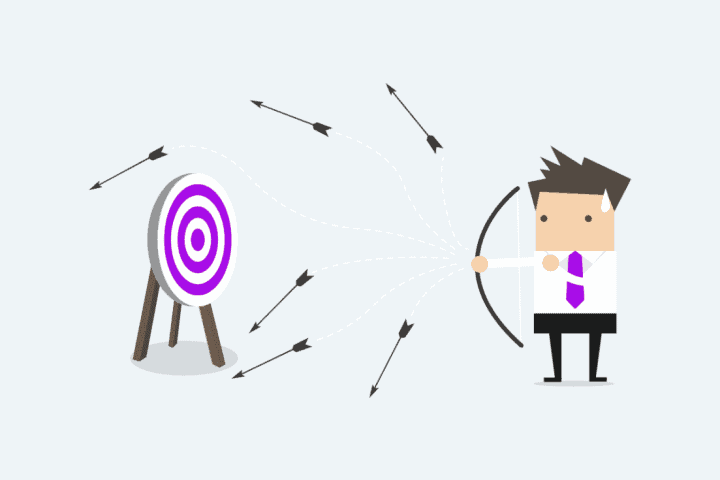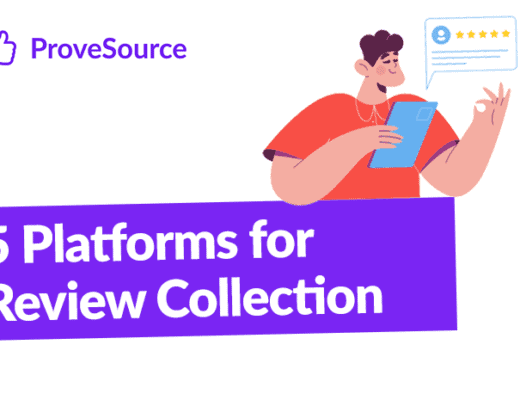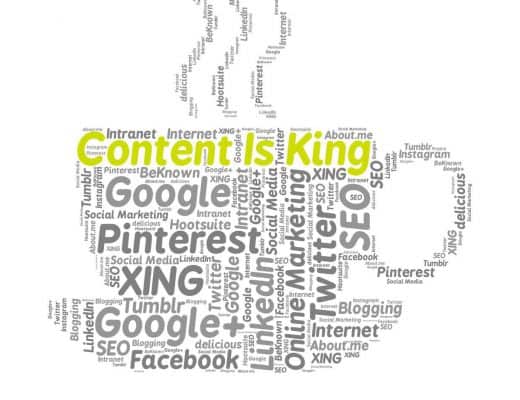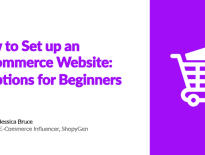Email is one of the most efficient marketing platforms, offering an incredibly high return on investment when used effectively. It’s a great way to move the customer through the sales cycle and build customer loyalty, eventually leading to more and more returning customers.
On the other hand, managing email marketing campaigns isn’t as simple as it might seem, and even experienced marketers often make a number of easily correctable mistakes. These are some of the most common errors that could be hurting your email marketing results.
A Weak Welcome Campaign
We all know the importance of organically growing your email list and finding new contacts, but it’s just as critical to continue that interaction and encourage new leads to stay engaged with your brand.
Contacts who sign up for your email list should immediately receive a welcome message with more information about your brand and what they can expect in future communications. Some companies offer exclusive or limited-time discounts to incentivize conversion.
A number of email marketing solutions offer the ability to set up welcome email triggers using an email automation workflow. Try a few different welcome email strategies to see what resonates the most with your audience.
An Unclear Call to Action
Every email marketer has heard about the need for a call to action countless times, and with good reason. The call to action is what drives conversion and encourages contacts on your email list to go from reading a message to making a purchase.


In fact, we recommend building each new email around a call to action, rather than trying to fit a call to action into each email. If you’re trying to increase web traffic, for example, start with that in mind and then create an email with a call to action taking readers to your website.
A strong call to action should stand out visually from the rest of the content, making it one of the first things your readers see after opening the email. You can add a second version of the same thing at the end of a longer piece, but it’s best to limit each email to a single call to action rather than two different messages.
Irrelevant or Repetitive Content
Today’s email users receive tens if not hundreds of emails every day, so you need to distinguish your content from the rest in order to maximize the value of each email. Many businesses make simple mistakes related to the frequency of their emails and the quality of their content.
Users are more likely to ignore emails from brands that send too much (or too little) content, so tell them how many messages they’ll receive during the signup process and stick to that frequency. One email per week is a good starting point.
Your readers will also stop opening your emails or unsubscribe if they receive content that they aren’t interested in. Give them the option to subscribe and unsubscribe to different kinds of messages in order to maximize the value of each email.
You should always personalize your content as much as possible to keep it from sounding generic or too similar to other brand messaging. Stay away from clickbait subject lines that will blend in with the rest of their inbox and look for ways to distinguish your brand from the competition.
Lack of Mobile Optimization
More people are reading their emails on a mobile device than ever before, and it’s important that all of your content looks just as beautiful on a smartphone as it does on a desktop.
Mobile users are looking for clear, concise emails that get to the point and are easy to parse quickly. Avoid long blocks of texts and cut out anything that doesn’t support the call to action. Break up the text with images and other visual content.
For the same reason, email subject lines need to be shortened to ensure that mobile users are able to read the entire subject. The subject line should call attention to the call to action and encourage readers to stop scrolling and click on your message.
Low-quality Contact Lists
It’s obviously important to grow your email list as much as possible, but some leads are more valuable than others, and the wrong audience can ruin an otherwise strong email marketing campaign. Paid email lists, for example, will superficially inflate your subscriber count but are unlikely to provide any real value.
You should also leverage any targeting features included in your email automation solution, as these allow you to narrow down your audience and send the right emails to the right people. It’s better to send an email to 250 high-quality leads than to 10,000 people who aren’t interested in the content.
Failure to Analyze
No matter how effective your current email marketing tactics are, they can always get better. The best marketers know how to continually use actionable data to refine their approach and stay ahead of the competition, and marketing analytics are a key factor in this process.
Different email marketing solutions offer different metrics, but there are a few commonly used numbers that can help you make more informed decisions. A/B test messages against each other to ensure you’re always using the best content.
- Open rate: Your open rate is a strong indicator of the strength of your subject line and the interest of your audience, making it one of the top priorities for email marketers.
- Click-through rate: This shows how many people are clicking on the link in your email. You can divide it by open rate to figure out the strong and weak points of your marketing strategies.
- Conversion rate: Conversion rate is the best metric for determining the ROI of a given email sequence. You can also combine it with open rate and click-through rate to find out how often people who opened the email and clicked went on to convert.
Building effective email marketing campaign can be an incredibly complicated process, but that doesn’t mean there aren’t simply ways to get started. These tips will help you improve your approach to email marketing and consistently increase your ROI.







